Introduction
How To Tame Guinea Pigs: Guinea pigs, with their endearing squeaks and gentle demeanor, have long been cherished as delightful pets. These small rodents, native to South America, have become popular companions for families and individuals alike due to their low maintenance and charming personalities. However, like any pet, guinea pigs require proper care and attention to thrive in a domestic environment. One essential aspect of guinea pig care is learning how to tame these creatures effectively.
Taming guinea pigs is not only for their well-being but also for the joy and satisfaction of their owners. A well-tamed guinea pig is more likely to develop a strong bond with its human caretaker, making interactions more enjoyable for both parties. A tamed guinea pigs shed is easier to handle for routine care tasks such as grooming, health checks, and cage cleaning.
Taming a guinea pig involves building trust, fostering a sense of security, and helping them feel comfortable in their surroundings. It’s a gradual process that requires patience, consistency, and a gentle approach. Whether you’ve just adopted a guinea pig or you’re looking to improve your existing pet’s socialization, understanding the principles of guinea pig taming is essential.
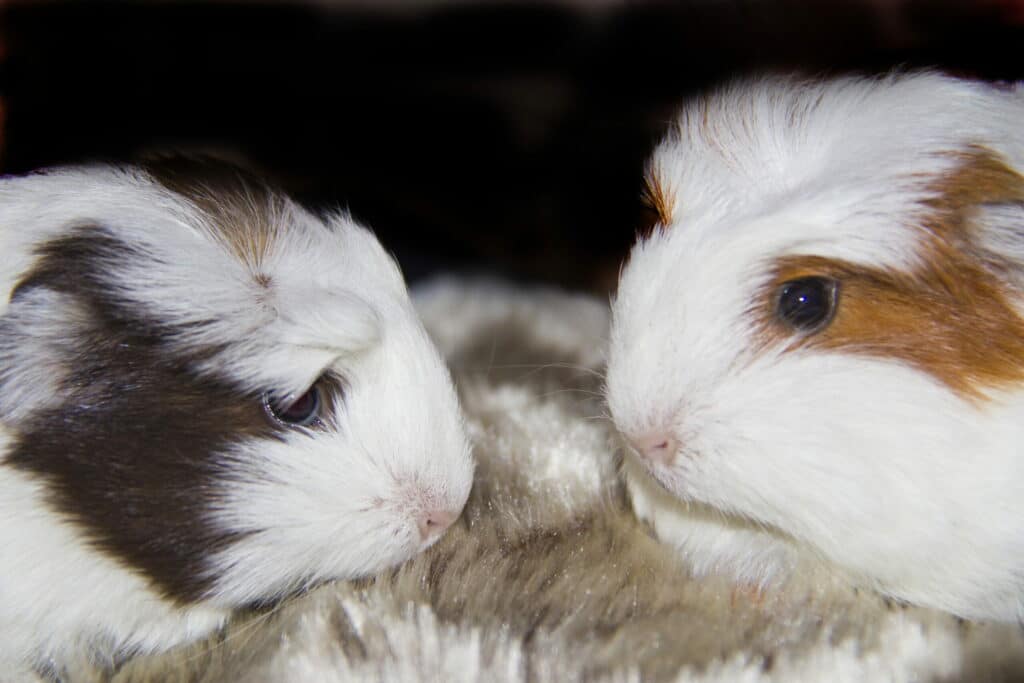
How Long Does It Take To Tame A Guinea Pig?
Taming your guinea pigs can take weeks even months but the results are well worth it. Some guinea pigs may never like to be picked up and may simply be content with a petting in their cage. Every guinea pig is different so that some guinea pigs will run and this is instinct not due to dislike.
The process of taming a guinea pig can vary significantly from one individual to another and largely depends on the guinea pig’s unique personality, past experiences, and the effort put into the taming process. While there is no fixed timeline, it generally takes some time and patience to establish a strong bond and trust between you and your guinea pig.
For some guinea pigs, the taming process may begin to show positive results within a few weeks, while for others, it can take several months or even longer. Here are some factors that can influence the time it takes to tame a guinea pig.
Age: Young guinea pigs tend to be more receptive to taming efforts, and you may notice progress more quickly with them. Older guinea pigs, especially those who have had limited human interaction, may require more time.
Past Experiences: Guinea pigs that have had positive interactions with humans from an early age or those rescued from neglectful environments might become comfortable with human contact more rapidly.
Consistency: Consistency in your interactions with your guinea pig is key. Spending quality time with them daily, even if it’s just for short periods, can accelerate the taming process.
Gentle Approach: A gentle, patient, and calm approach to taming is crucial. Forcing or frightening your guinea pig can prolong the process or even hinder progress.
Trust-Building: Building trust is a gradual process. Start by sitting near their cage and offering treats, then progress to gentle petting and handling. As trust grows, your guinea pig will become more comfortable with your presence.
Are Guinea Pigs Easy To Tame?
It can be challenging to tame a skittish guinea pig when they’re bolting away and hiding every time you enter the room. Teaching your guinea pig to trust you can take some time and patience, but bonding with your guinea pig is worth every moment. Tame guinea pigs are so cute and make excellent pets.
Guinea pigs are generally considered easy to tame compared to some other small pets, but the ease of taming can vary from one guinea pig to another. Their natural disposition and social nature make them receptive to forming bonds with their human caretakers. However, several factors can influence how easy or challenging the taming process is.
Temperament: Guinea pigs have individual personalities. Some are naturally more outgoing, curious, and less skittish, making them easier to tame from the start. Others may be shyer and require more time and patience to feel comfortable with human interaction.
Age: Young guinea pigs, often referred to as “baby” guinea pigs or “piggies,” are generally more adaptable and quicker to bond with humans. Older guinea pigs, especially those who have had limited human contact, might take longer to tame.
Past Experiences: Guinea pigs that have had positive interactions with humans, such as being hand-fed or gently handled from a young age, are likely to be easier to tame than those with negative or minimal human contact.
Consistency: The key to successfully taming guinea pigs is consistency in your efforts. Spending time with your guinea pig daily, even if it’s just for short periods, helps build trust and familiarity.
Gentle Approach: A gentle and patient approach is crucial. Forcing interactions or making sudden, loud movements can startle guinea pigs and make them more apprehensive. Slow and gradual progress is often more effective.
Should I Hold My Guinea Pig Everyday?
Guinea pigs need time out of their cage every day. Whether this time is spent stretching their legs and exploring new environments or cuddling in your lap, daily interaction and attention are essential for a guinea pig’s well-being. Guinea pigs need to be groomed regularly.
Holding your guinea pig every day can be a part of their socialization and care routine, but it’s to do so with consideration for their individual preferences and needs. Guinea pigs are social animals and generally enjoy human interaction, but there are some factors to keep in mind.
Individual Personality
Guinea pigs have unique personalities, and some may be more outgoing and receptive to being held daily, while others may be shyer and prefer less frequent handling. It’s essential to respect your guinea pig’s comfort level and not force them into interactions.
Age
Young guinea pigs are often more active and curious, making them more amenable to daily handling. Older guinea pigs may be less inclined to be held daily, but they can still benefit from socialization and interaction.
Handling Technique
When you do handle your guinea pig, it’s to do so gently and correctly. Use both hands to support their body and avoid sudden movements or loud noises that can startle them. This will help your guinea pig feel secure during handling.
Time Spent
Daily handling doesn’t necessarily mean holding your guinea pig for extended periods. Short, positive interactions of 10-15 minutes can be more than sufficient to maintain their socialization and prevent them from becoming overly stressed.
Socialization
Guinea pigs are social animals, and they benefit from companionship not only with humans but also with other guinea pigs. If possible, consider keeping two or more guinea pigs together, as they can each other with companionship and reduce their dependence on human interaction.
Do Guinea Pigs Recognize Their Owners?
A guinea pig will recognise their owner as the caregiver who gives them food and love. A sure sign a guinea pig recognises you is that they feel safe around you. Here are 3 ways we know guinea pigs recognise us: Your guinea pig will run towards you.
Guinea pigs are known for their sociable and observant nature, and they can indeed recognize their owners. While their recognition may not be as sophisticated as that of some other pets like dogs or cats, guinea pigs can distinguish between familiar faces and respond to their owners in various ways. Here are some ways in which guinea pigs demonstrate recognition of their owners.
Visual Recognition: Guinea pigs have keen eyesight, and they can recognize the people who regularly interact with them. They may react differently to the presence of their owners, showing signs of excitement or comfort when they see them.
Auditory Recognition: Guinea pigs have a good sense of hearing, and they can associate specific sounds with their owners. This means that they may respond to the voice of their owner, particularly if they are the primary caregiver.
Behavioral Response: Guinea pigs often exhibit different behaviors when they are around their owners. They may become more active, approach the owner, or even “popcorn,” a joyful and playful jumping behavior, when they see someone they recognize.
Preference for Familiar Scents: Guinea pigs have a strong sense of smell, and they can identify the scent of their owners. They may react positively to the familiar scent, such as by nuzzling or snuggling when their owner is nearby.
Feeding and Treats: Guinea pigs quickly learn to associate their owners with food, especially if the owner is responsible for feeding them. They may become excited or approach their owner when it’s mealtime, demonstrating recognition.
Trust and Comfort: Guinea pigs tend to be more comfortable and relaxed around familiar individuals, such as their owners. They may allow themselves to be handled more easily by someone they trust.
How Often Do Guinea Pigs Eat?
About 1/8 cup of pellets once a day—supplemented by hay and fresh vegetables as described below—will be enough. Timothy hay: Provide an unlimited quantity of fresh timothy hay every day. Guinea pigs need continuous access to hay to aid their digestion and limit the growth of their teeth.
Guinea pigs are herbivores with a high-fiber diet, and their eating habits are an essential part of their daily routine. Providing them with a consistent and balanced diet is crucial for their health and well-being. Here’s a breakdown of how often guinea pigs eat.
Frequent Eating: Guinea pigs are known for their almost constant nibbling throughout the day. They are classified as “nibblers” and prefer to eat small amounts of food frequently. This is because their digestive system is designed to handle a continuous intake of fiber-rich foods.
Access to Hay: Timothy hay or other high-quality grass hays should be available to guinea pigs at all times. Hay is the foundation of their diet, providing essential fiber and nutrients. Guinea pigs will graze on hay throughout the day and night to maintain their digestive health.
Fresh Vegetables: Guinea pigs also require fresh vegetables as part of their diet. Offer a variety of leafy greens, such as romaine lettuce, spinach, kale, and bell peppers. These should be given daily in small portions to essential vitamins and minerals.
Pellets: Pelleted guinea pig food can be as a supplement to hay and fresh vegetables. High-quality pellets should be given in moderation, typically once a day. Be cautious not to overfeed pellets, as an excess can lead to obesity.
Treats: Occasional treats, such as small pieces of fruit (e.g., apples, strawberries) or special guinea pig treats, can be given sparingly. Treats should not make up a significant portion of their diet and should be infrequently.
Can Guinea Pigs Eat Tomato?
Guinea pigs can eat a variety of fruits and vegetables but it can be difficult to see which are best, safe and healthy. Tomatoes are safe for guinea pigs to eat. Tomatoes have many beneficial dietary benefits including: Great source of fibre – necessary for correct digestive health.
Yes, guinea pigs can eat tomatoes, but they should be given in moderation and with some precautions. Tomatoes can be a tasty and nutritious to your guinea pig’s diet, but there are a few things to keep in mind.
Portion Size
Tomatoes should only be offered as an occasional treat, and in small quantities. One or two small cherry tomatoes or a few thin slices of a larger tomato are sufficient. Too many tomatoes at once can lead to digestive upset due to their high water content and acidity.
Ripe Tomatoes
Always ensure that the tomatoes you offer are ripe and fresh. Unripe tomatoes can be acidic and may not be as well-tolerated by guinea pigs.
Remove Seeds and Green Parts
Remove any seeds and the green parts (stem and leaves) of the tomato before feeding it to your guinea pig. These parts can be less digestible and may contain compounds that can be harmful in excess.
Variety
While tomatoes can be a tasty treat, they should not replace the staples of a guinea pig’s diet, such as hay, fresh vegetables, and pellets. A balanced diet is essential for their health.
Monitor for Allergies or Digestive Issues
Introduce tomatoes gradually into your guinea pig’s diet to ensure they do not have any adverse reactions, such as allergies or digestive issues. If you notice any signs of upset stomach or diarrhea, discontinue feeding tomatoes.
How Often Do Guinea Pigs Poop?
A ‘normal’ guinea pig will produce up to 100 poos a day. This number is naturally lower in older or less mobile guinea pigs. If the number of faecal pellets drops below 50 a day it may be a sign that something is wrong. Reasons for lower numbers of poos can be reduced food intake or slowed gut motility.
Guinea pigs are known for their consistent and frequent bowel movements, which are essential for their overall health and digestion. The frequency of guinea pig poop can vary depending on factors like age, diet, and individual variation, but they typically poop quite regularly. Here’s what you can expect regarding guinea pig poop.
Frequency
Guinea pigs tend to poop quite often, and it’s not uncommon for them to do so every 15-20 minutes. Their digestive system is designed for frequent small meals, which means frequent elimination.
Age
Young guinea pigs may poop more frequently than adults because they have faster metabolisms and are still growing. As they mature, the frequency may decrease slightly, but they will still have regular bowel movements.
Diet
A guinea pig’s diet greatly influences its poop production. A diet rich in fresh hay, vegetables, and a small amount of pellets will result in healthy and regular poop. The fiber in hay helps maintain proper digestion and regular bowel movements.
Water Intake
Sufficient water intake is crucial for guinea pigs’ digestion and the consistency of their poop. Dehydration can lead to dry and hard feces or even constipation.
Stress or Illness
Stress or illness can affect guinea pigs’ digestive patterns. If you notice a sudden change in poop frequency or consistency, it may indicate a health issue, and a vet should be consulted.
Cage Cleaning
Frequent poop production also means that guinea pig cages require regular cleaning. Dirty bedding and poop buildup can lead to odor and potential health problems for the guinea pigs, so maintaining cleanliness is essential.
Does Guinea Pig Pee Smell?
Guinea pig pee generally shouldn’t have a strong odour but if the bedding is left too long, it can get unpleasant. And that’s where the problem with smelly cages lies – if the cleaning is left too long, your piggies are literally stinkin’ cute.
Guinea pig urine does have a distinct odor, but it is generally not as strong or offensive as the urine of some other animals. The smell of guinea pig urine can vary from one individual to another, and factors such as diet, cleanliness, and overall health can influence the odor.
Diet: The guinea pig’s diet plays a significant role in the smell of their urine. A diet high in fresh vegetables and high-quality hay can lead to milder-smelling urine compared to a diet rich in protein or foods with strong odors. Fresh, clean water is also crucial to dilute the urine and reduce odor.
Hydration: Ensuring that your guinea pig stays well-hydrated is essential. Dehydration can lead to concentrated urine, which tends to have a stronger odor. Always fresh water for your guinea pig to encourage them to drink regularly.
Cleanliness: A clean living environment can help manage urine odor. Regularly cleaning the guinea pig’s cage, removing soiled bedding, and maintaining good hygiene practices can minimize the buildup of ammonia and unpleasant odors.
Health: Changes in urine odor can sometimes be indicative of health issues. If you notice a sudden and strong change in the smell of your guinea pig’s urine, it may be a sign of a urinary tract infection or other health problem. Consult a veterinarian if you have concerns.
Proper Ventilation: Adequate ventilation in the guinea pig’s living space can help disperse any urine odors and maintain a fresher environment.
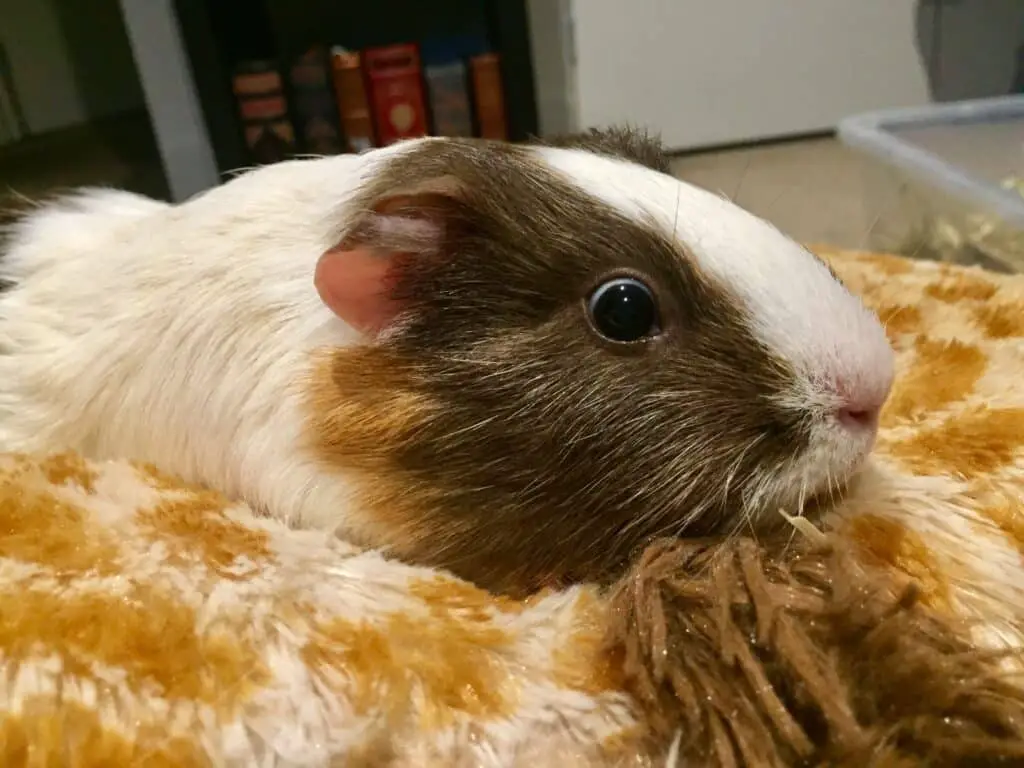
Conclusion
The art of taming guinea pigs is a rewarding journey that demands patience, understanding, and a gentle touch. Guinea pigs, with their distinct pigs personalities and social nature, can form strong bonds with their human caregivers when given the opportunity. Throughout this on how to tame guinea pigs, we have explored the psychology of these charming rodents, delving into their natural behaviors and instincts. We’ve learned that taming guinea pigs is not just about training them but about building trust, fostering security, and ensuring their comfort in their surroundings.
The of consistent handling to creating safe and stimulating environments, we have covered various aspects of guinea pig taming. Socialization, routine care tasks, and addressing common challenges have all been discussed to empower guinea pig owners, whether experienced or novice, to the best possible care and companionship for their furry friends.
As we’ve discovered, there is no fixed timeline for taming guinea pigs, as it depends on factors such as age, temperament, and past experiences. Nonetheless, the effort invested in the taming process is well worth the reward of a strong and lasting bond between guinea pig and owner.

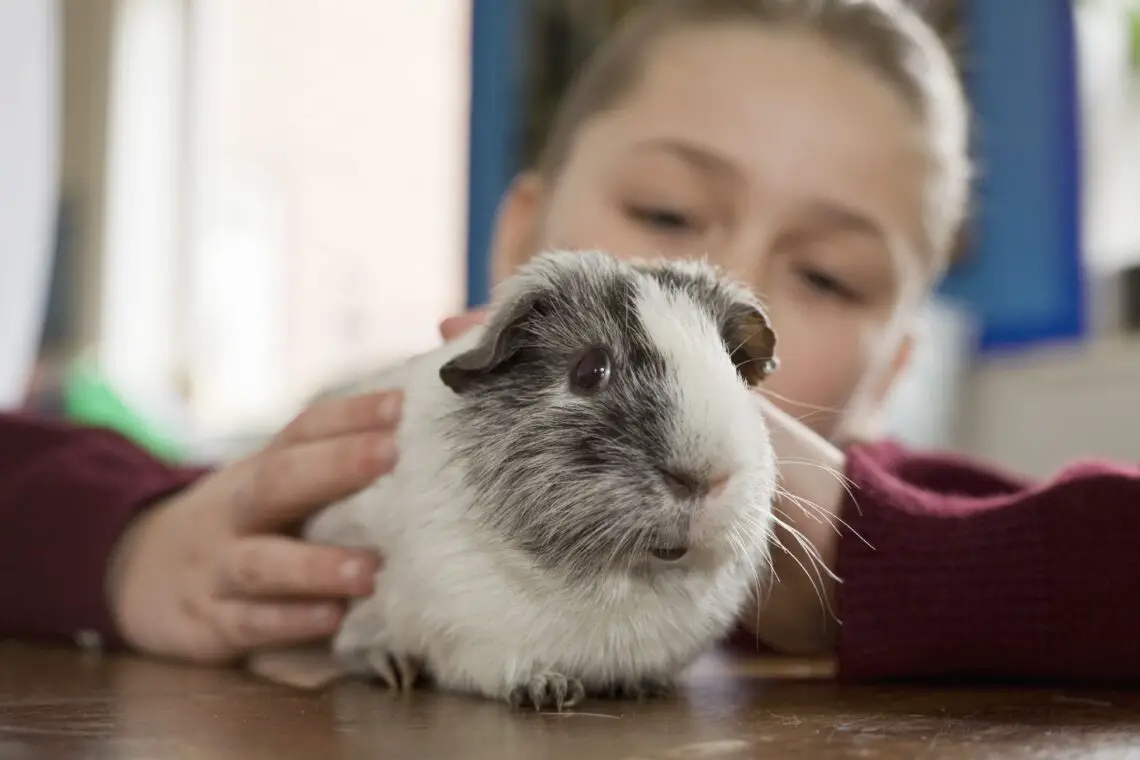
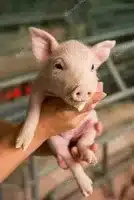
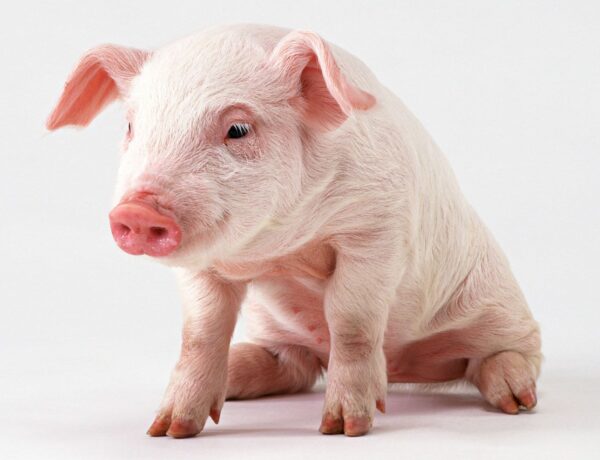
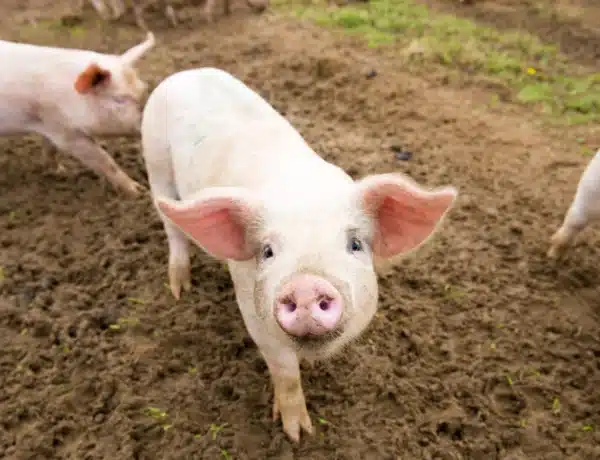
No Comments